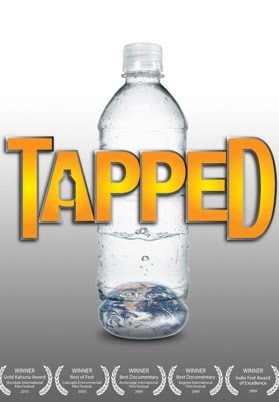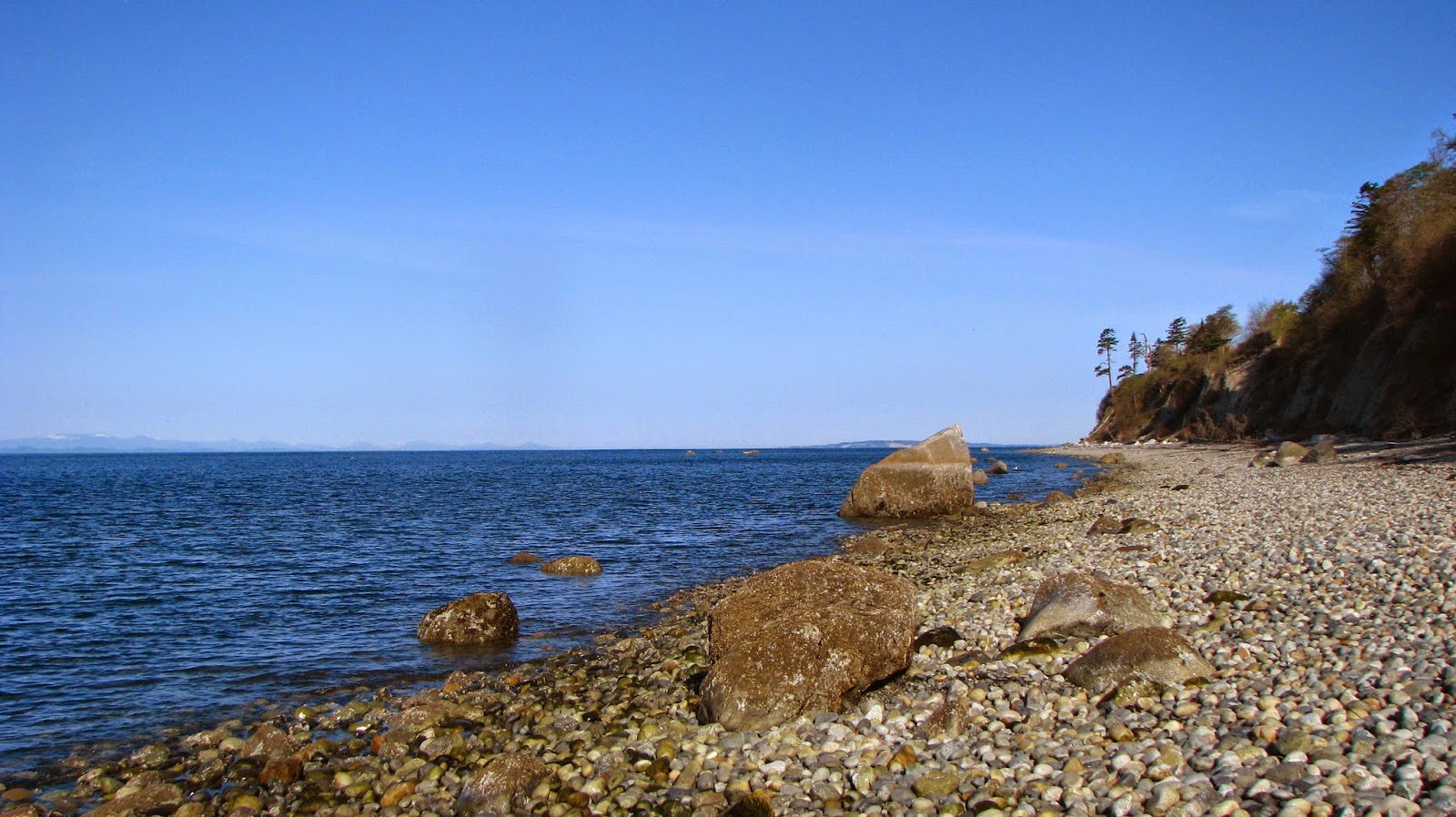 |
| Merced River, Yosemite National Park |
 Water as a resource has been part of my existence since I can recall thought. Growing up in an arid region where irrigation farming (including and especially my own family's) is the way of life will do that to a person. The way water has been developed and handled in the west is incredible.
Water as a resource has been part of my existence since I can recall thought. Growing up in an arid region where irrigation farming (including and especially my own family's) is the way of life will do that to a person. The way water has been developed and handled in the west is incredible.  |
| Lone Pine in Owens Valley is the bubble |
The obsessive, covetous way government agencies and private entities schemed and fought to establish projects (flood mitigation projects, irrigation projects...) in the last 100 years is staggering. With little thought to the environmental degradation, and some instances total ecosystem annihilation, canyons were dammed, water was diverted, pumped, stolen and on and on. The basis on which Los Angeles exists, water-wise, is like a crime noir film thick with plotting, conniving, and subterfuge. The story of the project to divert water from Owens Valley to LA, a stunning 200 MILES away, is complete with a water war and left bitter old men as any war will, and a once arid but fertile agricultural valley with no access to the water critical to their existence. The water wars inspired parts of the film Chinatown. In case that first aqueduct of the 1920's wasn't devastating enough, another was completed in the 1970's to pump more water out for LA. Two hundred miles away.
Then there's the dust.
 |
| Dust storms over Owens Lake bed |
The terminus of the drained Owens River was once Owens Lake, not some guy's toilet in LA. But in the 1920's the lake went dry exposing an alkali flat full of clay, sand and minerals. Being an arid and windy region, the result since has been horrific dust storms. With some poking and prodding, it was decided that some of the river flow should be restored, yet in 2013 the flats of the lake bed were the largest single source of dust pollution in the US. There are publicly view-able dust cams... Not only that, but when the conditions are just right (shallow water in the bed and high temps) there are blooms of archeabacteria that turn the shallow lake a surreal bloody red.
Now Owen's Valley supports tourist towns for winter recreation, which in the most recent drought have been punched in the gut again, just for old time's sake.
 |
| Garrison Dam construction |
And that was ONE PROJECT. Granted a particularly nasty one, but it has nothing on the utter annihilation of the Fort Berthold Indian Reservation. After suffering the invasion of European settlers and constraint to a reservation, the Three Affiliated Tribes (Mandan, Hidatsa and Arikara) were ousted from their fertile river bottom land to make way for the insensitively named Lake Sakakawea created by the Garrison Dam on the Missouri River in North Dakota.
After apparently slighting the Army Corps of Engineers Director, Lewis Pick, the Tribes found themselves utterly screwed; the revised contract they ended up signing allowed them to fell the timer on the soon to be flooded river bottoms, but not remove the logs. Gave them some monetary compensation but disallowed the use of those funds for the hiring of any legal representation. The original contract, before Pick had his temper tantrum, was somewhat more equitable. And with that disgusting exploitation for a dam of questionable worth, the agencies moved on.
 |
| George Gillette, Chairman for the Berthold Indian Tribal Business Council weeps as Secretary of Interior signs the revised contract. |
 That touches little the ecosystem degradation surrounding each project. What happens to all the sediment and coarse material that feeds downstream sites when there are multiple dams between the source material and mouth of the river? How are fish going to circumnavigate dams? How are salmon fry going to find their way downstream when they enter a slack reservoir miles in length and their instinct is to go with the flow to reach the estuary? How will plants, a slow evolving group, respond to the bizarre fluctuations in the water table? Where do the migrating water fowl go when the wetlands they once rested and fed in are inundated with dozens of feet of water?
That touches little the ecosystem degradation surrounding each project. What happens to all the sediment and coarse material that feeds downstream sites when there are multiple dams between the source material and mouth of the river? How are fish going to circumnavigate dams? How are salmon fry going to find their way downstream when they enter a slack reservoir miles in length and their instinct is to go with the flow to reach the estuary? How will plants, a slow evolving group, respond to the bizarre fluctuations in the water table? Where do the migrating water fowl go when the wetlands they once rested and fed in are inundated with dozens of feet of water?All this I gleaned in the first 200 pages of Cadillac Desert by Mark Reisner originally published in 1986, I can't wait to see what the next 200 pages bring....

Then I decided to start watching documentaries about water. Although a little on the dramatic fear-mongering side the first I watched called Tapped took a look at bottled water consumption. The communities where the big bads like Pepsi and Coca-Cola come and pump out millions of gallons of water have little clout even as their lakes shrink and citizens's consumption is strictly regulated.
 And while the industry points out that they (the big bads) are pumping a fraction of a percent of the water used in the US, they don't explain that that fraction of a percent is drawn from relatively few communities who don't have the resources to stop the water theft (too strong a word?). And while the citizens fight to keep their water clean for themselves and their ecosystem, it slips through their fingers into the water tankers from big water bottling companies. That's without touching on the bogus labeling about "pure water", the health and ecosystems fallout from plastics plants necessary to bottle the tens of billions bottles of water consumed per year in the US alone, the fraction of those bottles that is actually recycled, and the number of bottles that ultimately end up on beaches or in mid-oceanic gyres.
And while the industry points out that they (the big bads) are pumping a fraction of a percent of the water used in the US, they don't explain that that fraction of a percent is drawn from relatively few communities who don't have the resources to stop the water theft (too strong a word?). And while the citizens fight to keep their water clean for themselves and their ecosystem, it slips through their fingers into the water tankers from big water bottling companies. That's without touching on the bogus labeling about "pure water", the health and ecosystems fallout from plastics plants necessary to bottle the tens of billions bottles of water consumed per year in the US alone, the fraction of those bottles that is actually recycled, and the number of bottles that ultimately end up on beaches or in mid-oceanic gyres.
I am having an incensed Sunday.
 |
| What is a watershed....? |
 |
| Oeser Co. |
 This week I learned there is a superfund site in Bellingham. I have lived here for five years and knew nothing of it until I was doing some background research for a work party site. The creek we were working along was just below the wood treatment facility that polluted the area with creosote, PCPs, PAHs and dioxins. Its a nice little creek fed in part by springs, but also from runoff from the surrounding neighborhoods, compounding the pollutants from the wood treating company. Even with preliminary cleanup completed (contaminated soil removed from the site and replanting) I am dubious about the innocuous healthy-looking creek flowing along pretty as you please. In small wetland areas adjacent to the creek there was visible iridescent scum of oil and god knows what else.
This week I learned there is a superfund site in Bellingham. I have lived here for five years and knew nothing of it until I was doing some background research for a work party site. The creek we were working along was just below the wood treatment facility that polluted the area with creosote, PCPs, PAHs and dioxins. Its a nice little creek fed in part by springs, but also from runoff from the surrounding neighborhoods, compounding the pollutants from the wood treating company. Even with preliminary cleanup completed (contaminated soil removed from the site and replanting) I am dubious about the innocuous healthy-looking creek flowing along pretty as you please. In small wetland areas adjacent to the creek there was visible iridescent scum of oil and god knows what else.Below is Locust Beach in Bellingham Bay. People skimboard here with delight when low tides expose a broad expanse of tidal flats. They have guts; there are enough broken beer bottles on that beach to build a small glass castle, and Bellingham Bay isn't exactly known for it's water quality...South of Locust is Squalicum Beach, where the aforementioned contaminated creek, Little Squalicum, enters the bay. Advisories have been posted there to the effect of 'don't touch the water' which isn't particularly encouraging.
Education is always the first step. My challenge to you today, this week, this month, is to educate someone on an issue close to your heart. Spread your knowledge!
Good Day.
 |
| Locust Beach at a mid-low tide, Bellingham |

















































